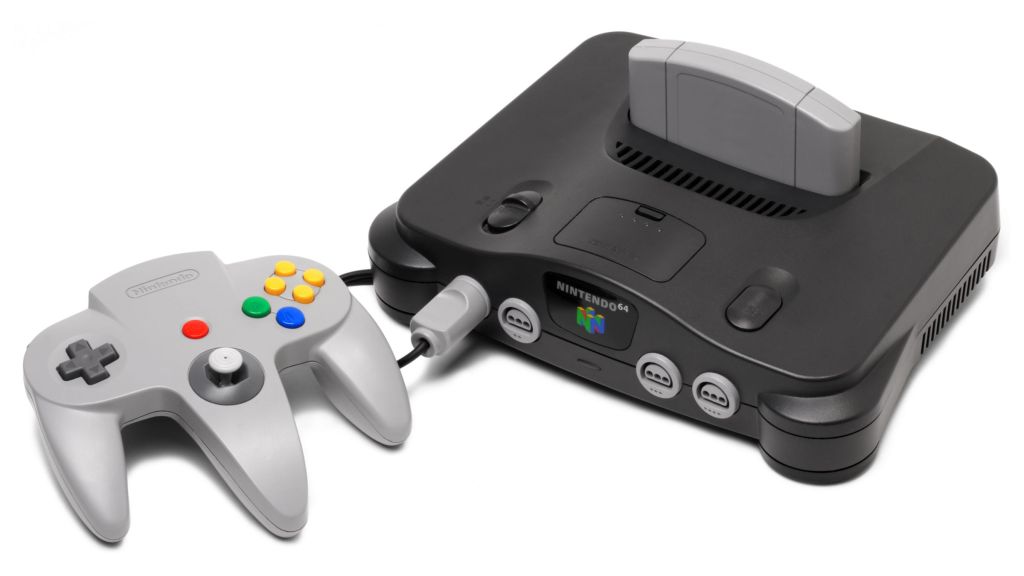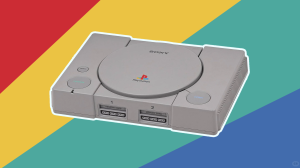In 2025, many of us are thinking about just how expensive it’s getting to be a gamer. Consoles like the Nintendo Switch and PS5 have recently announced price increases, rather than decreases. And each new system costs more than the one that came before. These days, it’s easy to look back and think that earlier consoles were more affordable in their time. But was that ever really the case?
Videos by ComicBook.com
For most of us, the overall cost of living has increased far more quickly than our salaries. In that respect, many things were more affordable in the past than they are today. For all that gaming feels like a more expensive hobby these days, the story with game console pricing is a bit more complicated. In fact, game consoles have kind of always been as expensive as they are today, even if it doesn’t feel that way.
Console Prices of the ’90s Are Kind of Shocking When Adjusted for Inflation

The first game console my family owned was a Super Nintendo, but I don’t really remember when it got there. It was just sort of a part of the household, until it wasn’t. But the Nintendo 64, I remember. Largely because my brother and I begged my parents for it, and it was a big day when we first booted up Mario Kart 64 on that thing. But I never considered what it cost. I was a kid. Why would I? But looking back, it was a lot more than I realized.
At first glance, consoles from the ’90s look cheap. That Nintendo 64 my parents brought home was $200 USD, as was the Super Nintendo before it. But when you adjust for inflation, the prices start to look a bit more familiar. Though it was just $200 in 1991, the SNES’s cost when adjusted for inflation comes to roughly $400 today. Similarly, the N64 would’ve been about $330 in today’s prices.
The story is pretty similar when you look at the cost of the original PlayStation. It was released in 1995 and cost $299.99, which comes out to around $613 today. Meanwhile, Sega’s early consoles varied in price but tended to be among the most expensive options on the market. The Sega CD was priced at $299 in 1992, equivalent to $670 today, and the Sega Saturn was $399 in 1995, roughly $817 today.
Those numbers aren’t too out of line with what we’re used to from consoles today. But some early gaming consoles were truly staggering in price. The Nat Geo, which released in 1990, was designed to bring arcade gaming into the home. And it had the pricetag to match. This early console was $649 when it came out, which puts it at around $1,552 today. That’s more in line with a truly beefy Gaming PC by today’s standards than any console on the market. It’s a similar story for the 3D0 Interactive Multiplayer, which cost $699 at release in 1993, equivalent to $1,510 today.
Today’s Console Have Largely Kept Pace With Prices from the 90s

Clearly, buying a gaming console has always been an investment, even if the increased cost of living today makes it feel like a bigger burden in many ways. But what’s interesting when looking at the adjusting numbers is that, unlike many other expenses, the base cost of gaming consoles has remained fairly constant.
Let’s look at those Nintendo numbers again. The SNES was priced at the equivalent of $400 today, while the N64 was about $330. Even with the recent price increases, that’s not too far off from what a new Nintendo console will cost you today. The Switch OLED is $400, whereas the Switch Lite comes in at a quite affordable $230. So while those price hikes hurt, they aren’t really far off from what it’s always cost to get a new gaming console. The Switch 2, at $450, is certainly a bit of a step up, but not by much.
Sony’s story isn’t much different. The original PlayStation cost roughly $613 in today’s prices. By that margin, the PS5 is a steal at $550, while the PS5 Pro has indeed gone up with its new $750 price tag. But even so, compared to so much else, gaming consoles haven’t actually gone up all that much.
When it comes to those early consoles from Nat Geo and 3DO, it’s hard to make a modern-day comparison. Price-wise, they’re more in line with a particularly high-quality gaming PC, which can run you around $1500. But decent gaming PCs have become more common these days, and you can get one that’ll keep pace with most games for less. So in that respect, bringing video games into the house has gotten more affordable than those early “arcade experience at home” efforts.
Overall, as much sticker shock as consumer prices give us today, they’re about as expensive as they ever were. It’s buying power and cost of living that have changed around us, making those prices mean something different now than they did in the ’90s.









